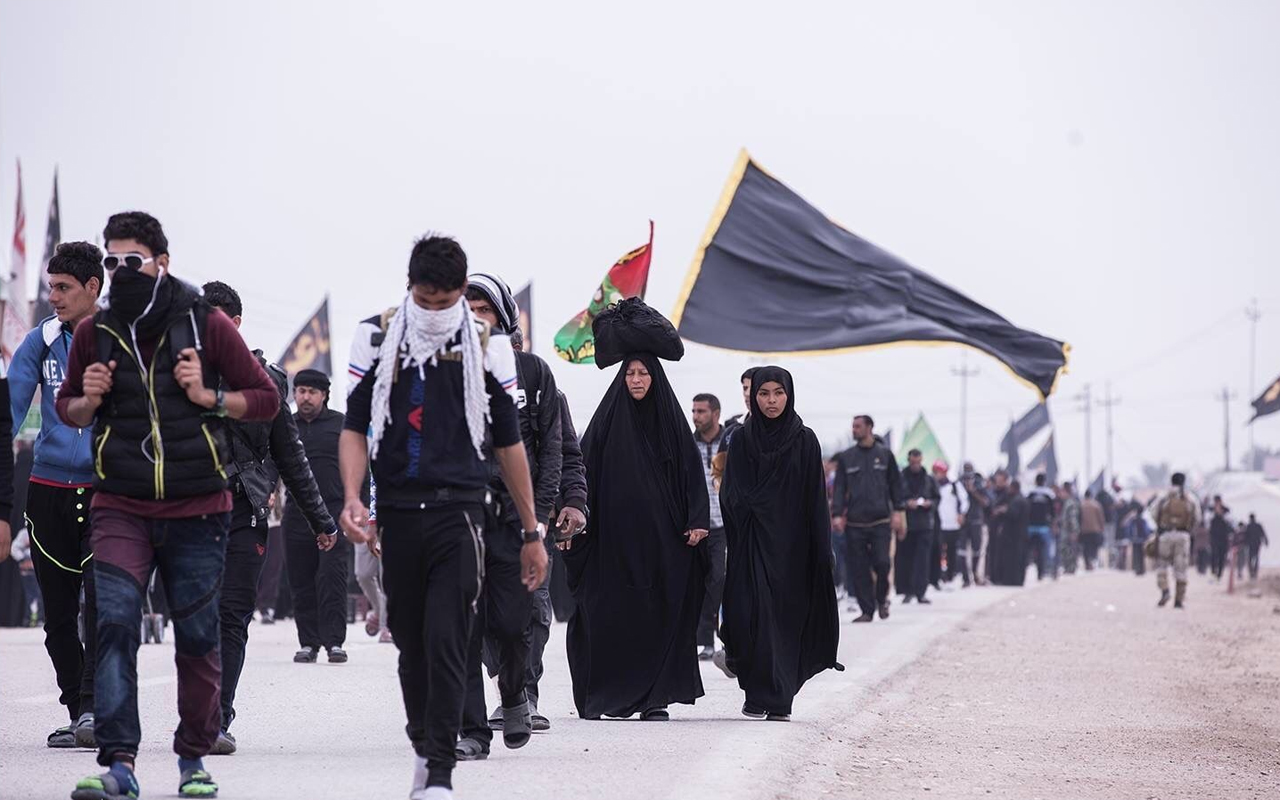Arbaeen, an Arabic term translating to “the fortieth,” holds significance in Shia culture as it commemorates the fortieth day following the martyrdom of Imam Hussain (pbuh). Imam Hussain was martyred in Karbala on the Day of Ashura, the tenth day of Muharram in the Islamic lunar calendar. On the twentieth day of Safar, forty days later, survivors of the Ashura event, including children, wives, and relatives of the martyrs, returned to Karbala to honor Imam Hussain and the other martyrs of Karbala.
Over time, the tradition of Arbaeen pilgrimage continued. Shia Imams encouraged their followers to partake in this pilgrimage, fostering a culture of reverence. Initially undertaken on foot, this practice dwindled and was later revived in Iraq about a century ago. However, during Saddam Hussein’s rule from 1979 to 2003, the Arbaeen Walk was suppressed, with reports of violent responses, such as cutting off the legs of those walking to Karbala. Despite the pressure, Shia adherents persisted by journeying discreetly through palm groves and during the night.
Following Saddam’s downfall, Iraqi Shia resumed the pilgrimage openly, walking from various regions to reach Karbala on or around Arbaeen day. In the days leading to Arbaeen, roads to Karbala teem with pilgrims from all over. Approximately 20 million people participate annually, with many Iraqi Shia hailing from the southern areas. The pilgrimage’s onset includes those from Al-Faw, journeying from southern Iraq, and Najaf, the burial place of Imam Ali, for international pilgrims.
Pilgrims find respite and sustenance at rest-stops known as “Mowkibs” along the walking paths. These are organized by Iraqi citizens rather than the government, which primarily focuses on security.
